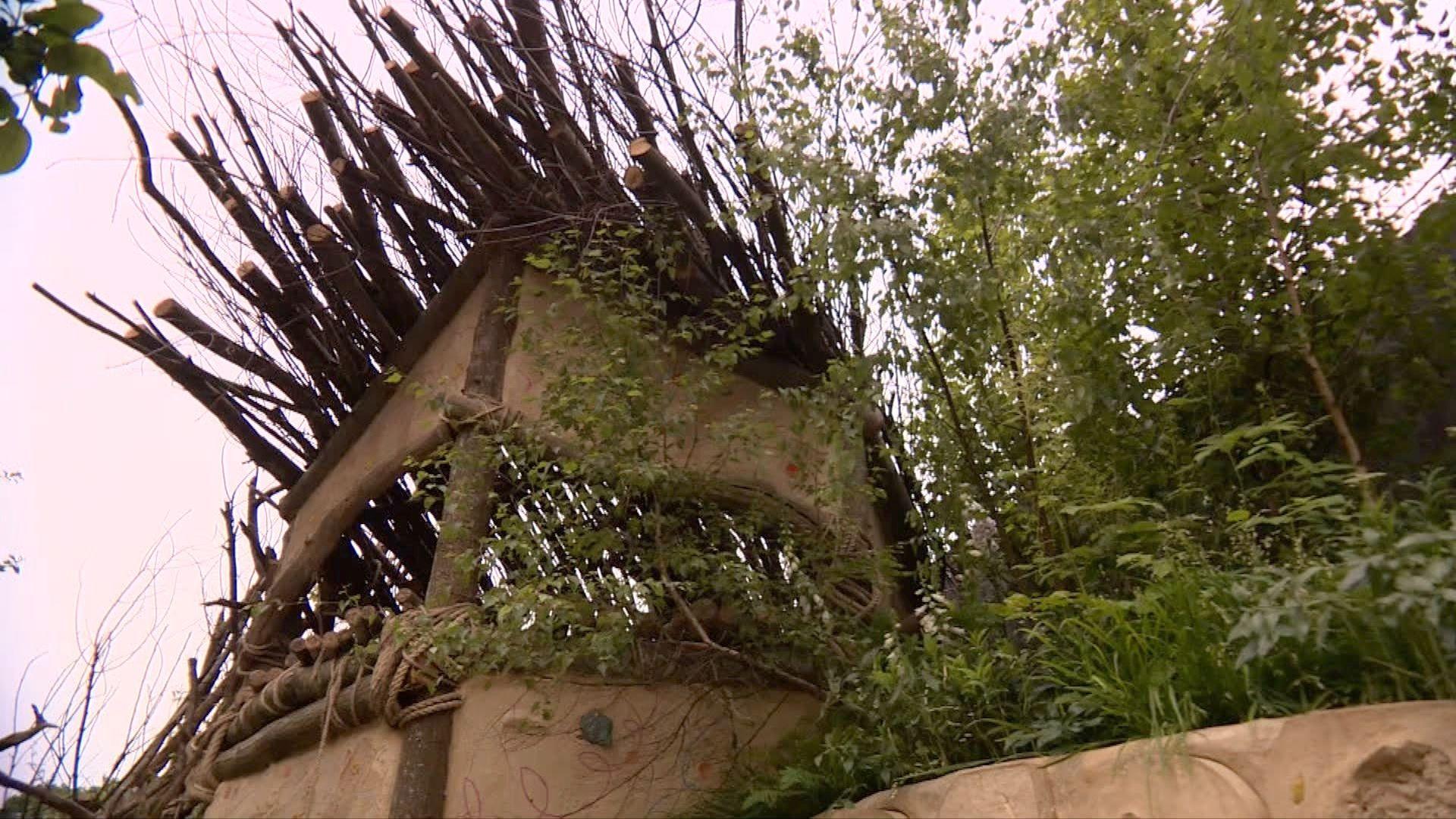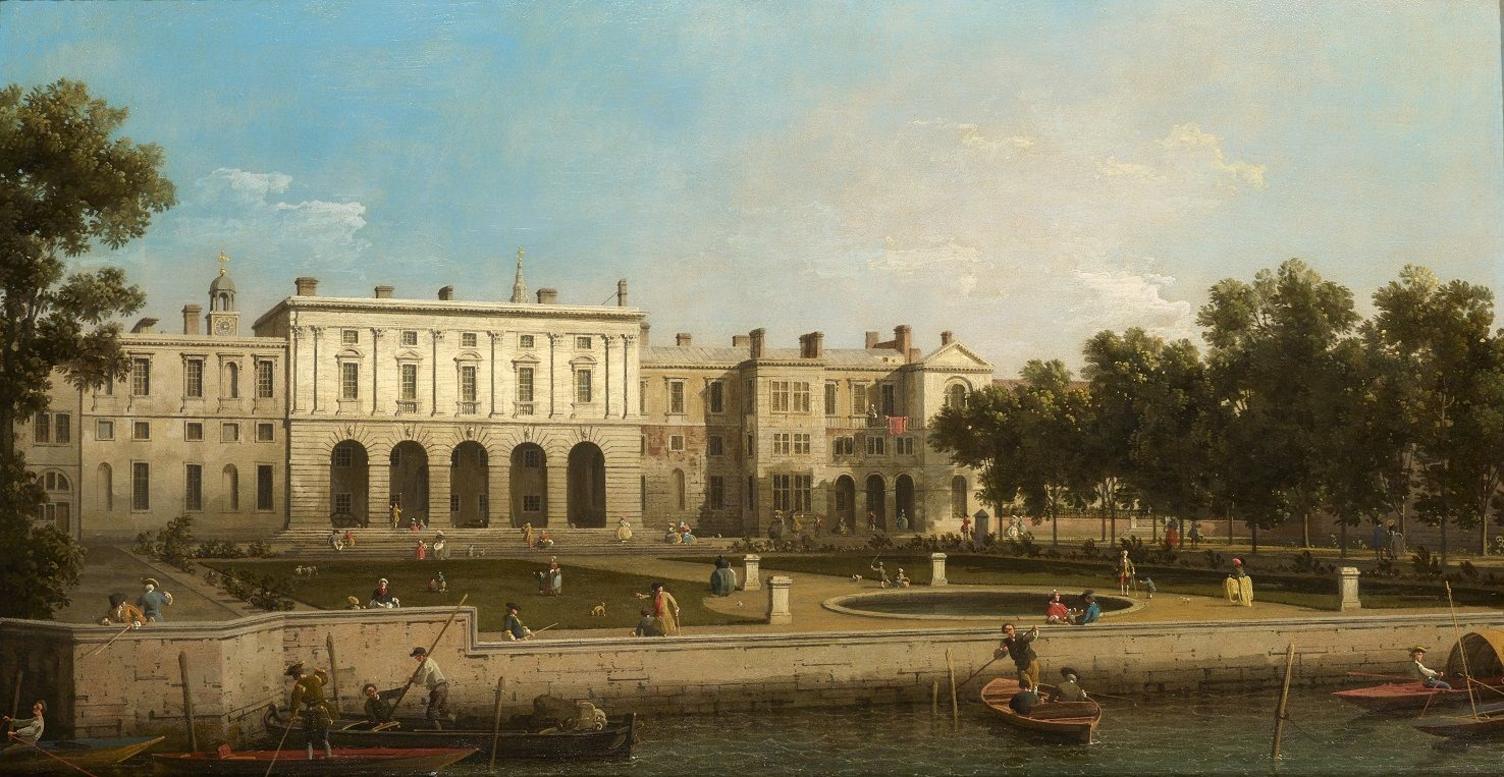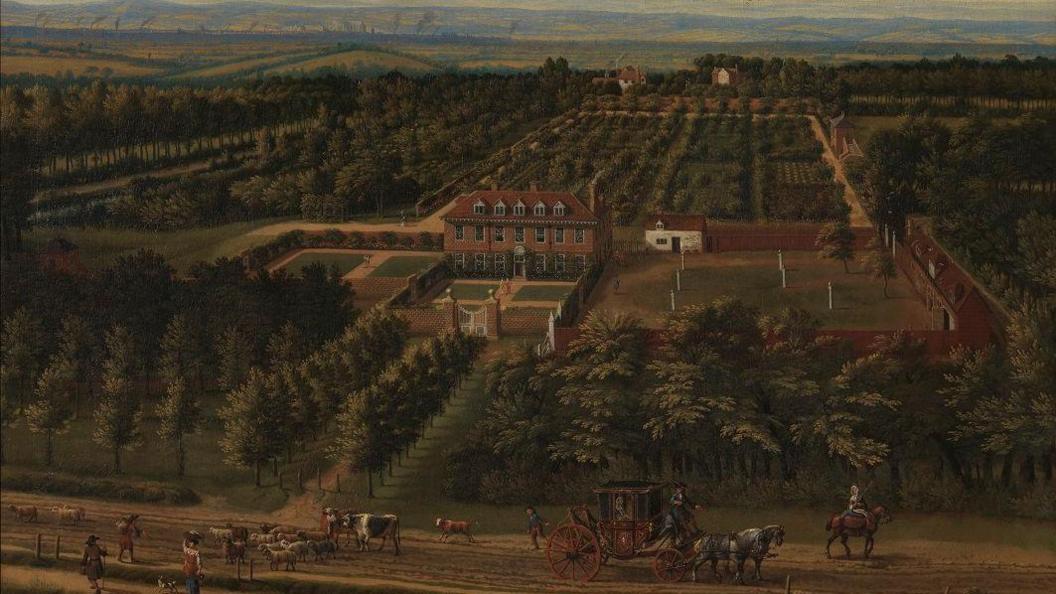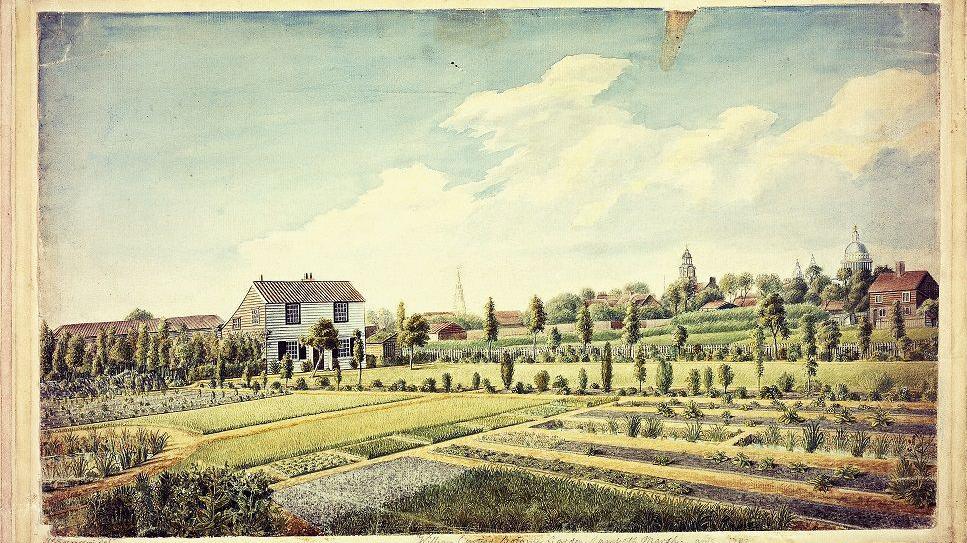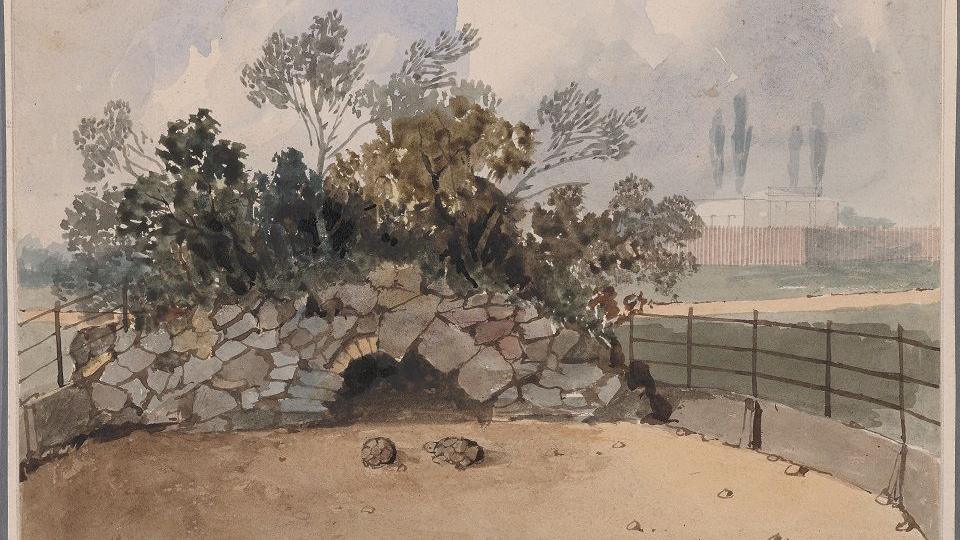Where were London's most famous 'lost' gardens?
- Image source, Jon May
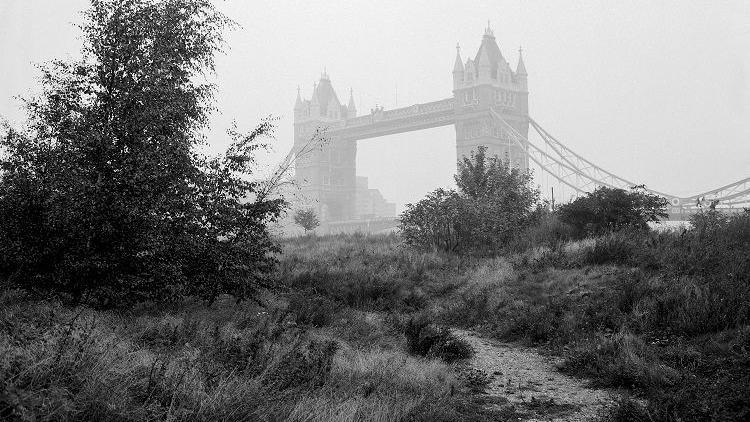
Image caption, The William Curtis Ecological Park by Tower Bridge closed in 1985 to make way for new developments and the former mayor's office
1 of 5
- Published
Thousands of gardens and green spaces have vanished across London over the past 500 years.
As the capital has increased in size and become more developed, community squares, allotments, botanical gardens and even zoos have been lost.
Images of these long-forgotten spaces are now being shown in a new exhibition at the Garden Museum, south-east London.
Curator Todd Longstaffe-Gowan says there is a "fascination" with lost gardens and that they help people "make sense of the past".
'Swallowed up by suburbia'
He says the images of these lost spaces are a "powerful" way to do just that.
The landscape architect and historian has assembled a range of illustrative material, including paintings, prints, drawings, photographs and maps.
Organisers of the exhibition at the Garden Museum say: "The gardens depict changing trends and fashions in gardening while exploring London’s enduring love affair with nature."
They told the BBC that the exhibition was a "timely reminder" of the vulnerability of urban gardens and access to nature.
"In every borough, parks, gardens and green open spaces have succumbed to new roads, street-widenings, railway encroachments and new buildings, or have simply been swallowed up by suburbia," the organisers said.
"The remaining green spaces that may be taken for granted in London today have survived thanks to protests, community action and legal protections being put in place."
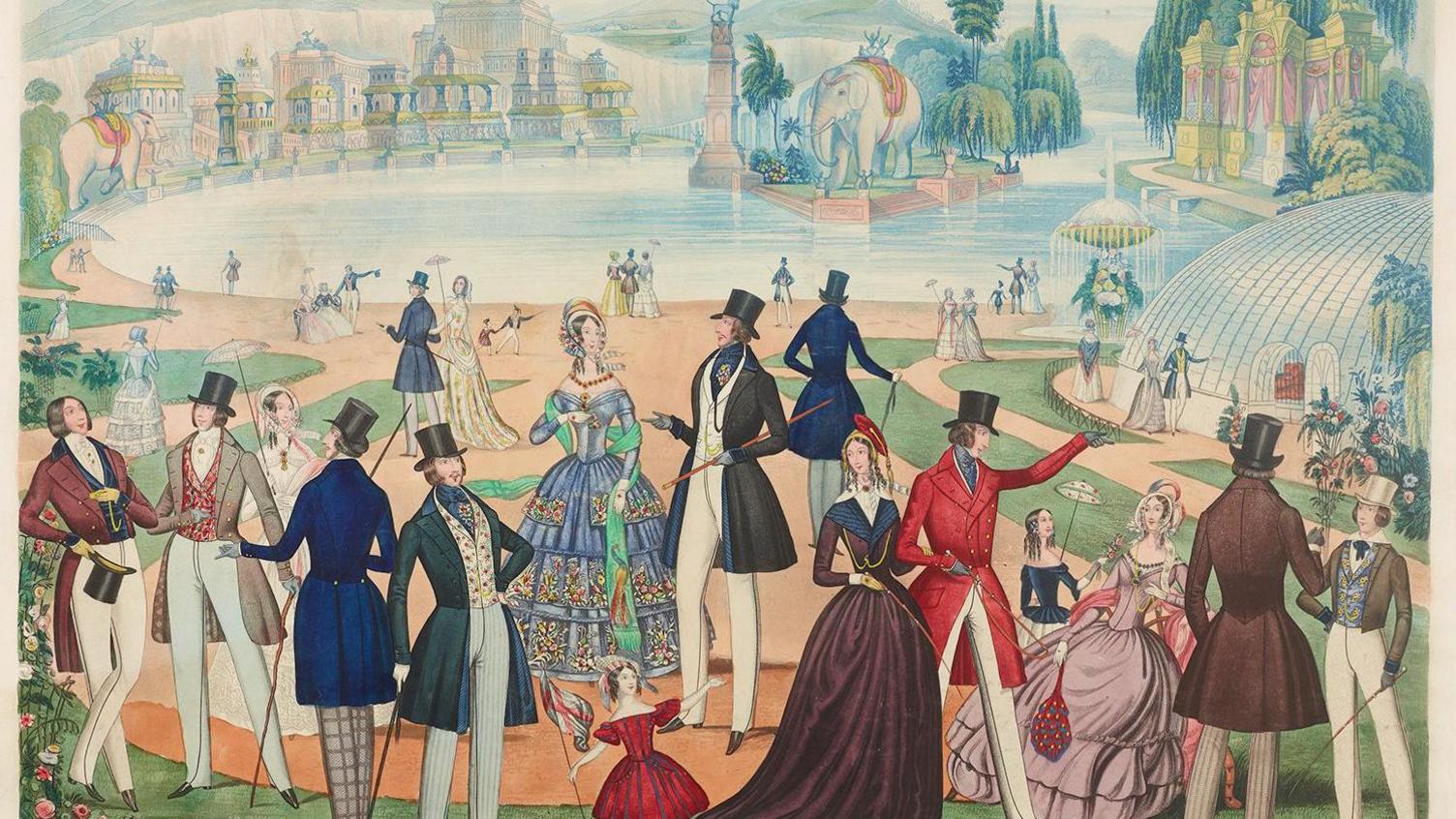
If you were to walk through what is now Kennington, south east London, in 1844, you might find a scene like this - back then it was the Surrey Zoological Gardens
The Garden Museum's director, Christopher Woodward, said: "This exhibition aims to remind people just how fragile London’s green spaces are in the face of development, neglect and pollution."
Listen to the best of BBC Radio London on Sounds and follow BBC London on Facebook, external, X, external and Instagram, external. Send your story ideas to hello.bbclondon@bbc.co.uk, external
- Published8 June 2024
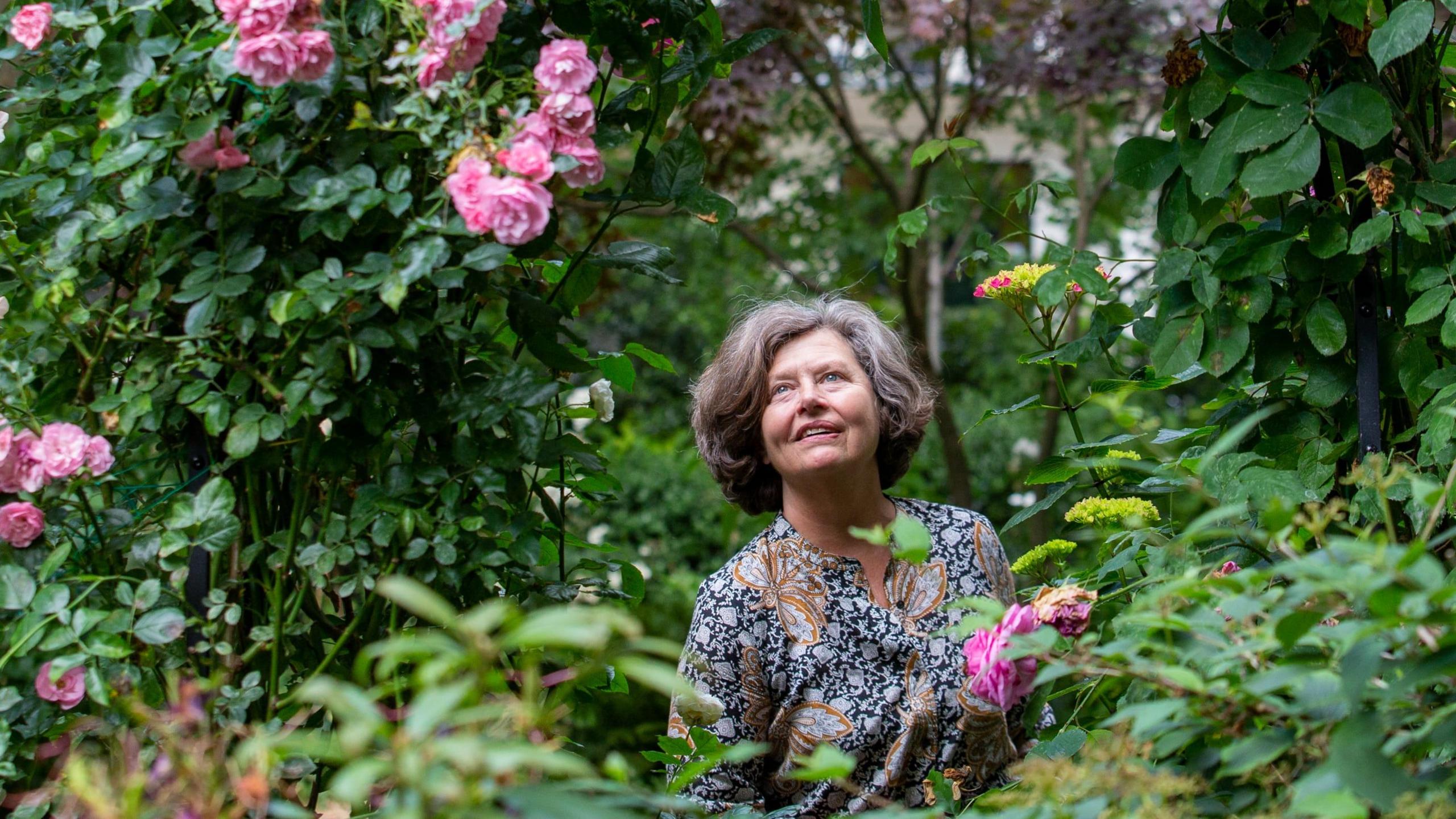
- Published6 August 2024
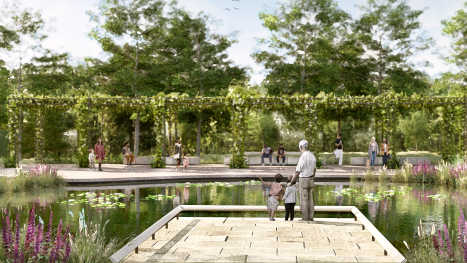
- Published26 June 2024
